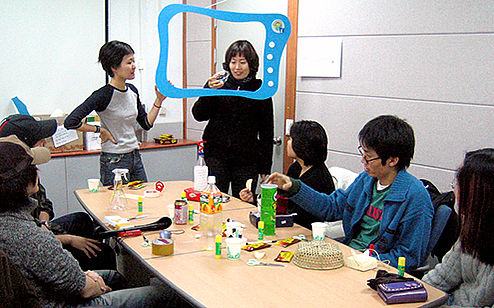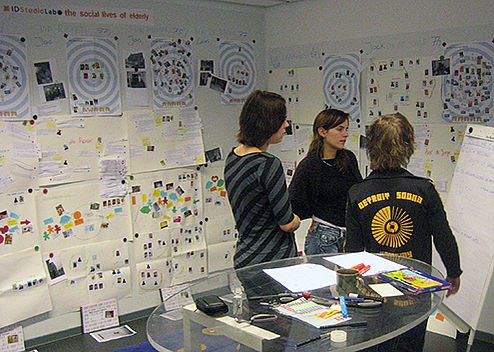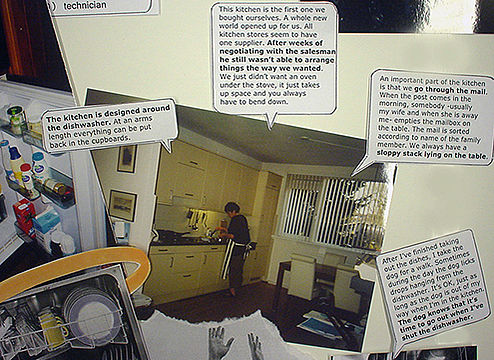Contextmapping is a way to involve users as ‘experts of their experience’ in design processes. With techniques like workbooks, probes, and generative sessions, participants are facilitated to observe and reflect on the situation of use, and insights are developed that further drive the design.
Goals of the project
For products and services to fit in with their users’ lives, designers need to understand those lives as well as they understand the technology that goes into the products. This ‘context of use’ contains the user’s needs and preferences, his or her abilities and limitations, everyday routines and practices. Part of this context is ‘above water’: people can tell about it, or it can be observed. But another part lies ‘below water’: tacit knowledge, and latent needs. Especially the latter are important, as they come into play in the future that we are designing.
Within contextmapping we worked with large and small companies to develop methods of user research and (participatory) concept generation which involve the user’s expertise.

More information:

Pieter Jan Stappers
- +31 (0)15 27 85202
- P.J.Stappers@tudelft.nl
- Personal webpage
-
Room C-3-130
"Speels en degelijk"
Researchers
- Dr.ir. Froukje Sleeswijk Visser
- ir. Fenne van Doorn
- ir. Mathieu Gielen
- ir. Chen Hao


